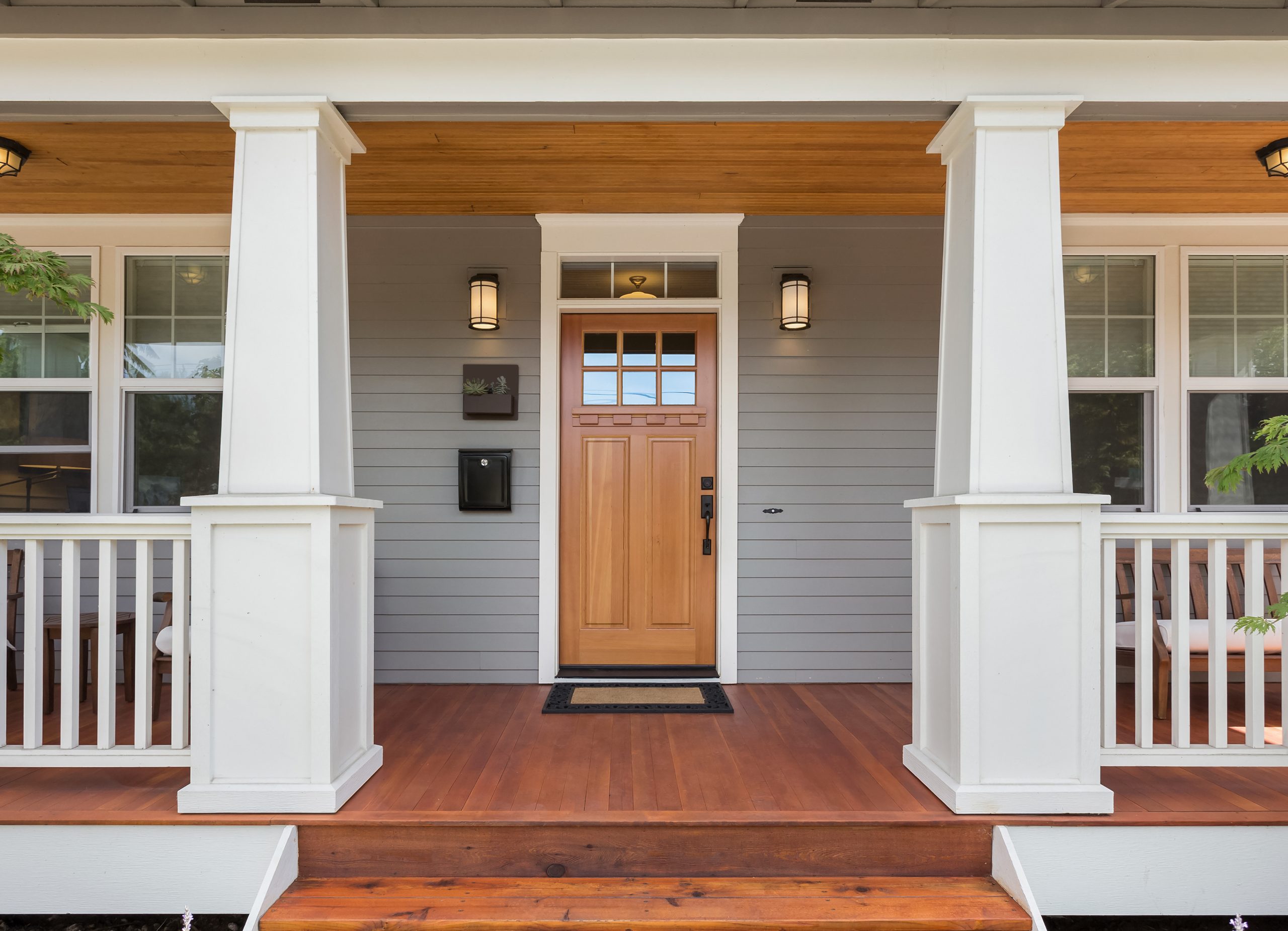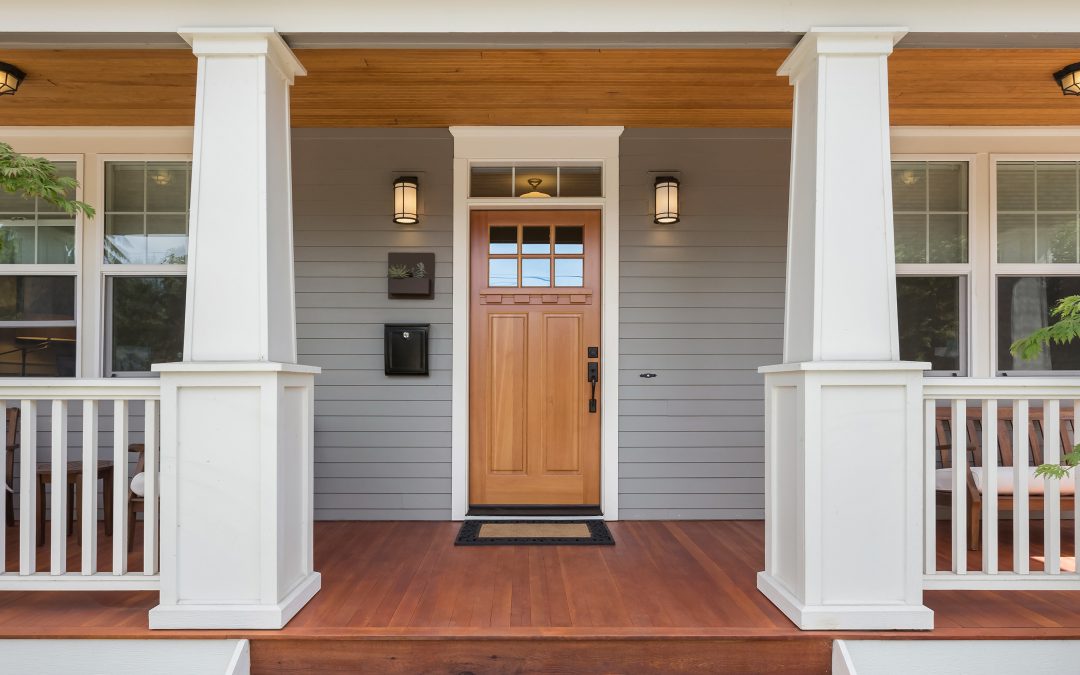What is a Conventional 97 Mortgage Loan?

For a long time, people have considered owning a home as a cornerstone of the American dream. However, the thought of saving for a hefty down payment often puts this dream out of reach for many aspiring homeowners. Enter the Conventional 97 Mortgage Loan – a game-changer in the world of mortgage financing.
Conventional 97 is the name of Fannie Mae’s and Freddie Mac’s 30-year fixed rate mortgage loan for home buyers. The Conventional 97 lets qualified buyers buy a home with a down payment as low as 3%.
It is important to note that a 3% down payment may come with certain conditions and requirements. Buyers must have a good credit score and steady income to qualify for a mortgage loan with a small down payment.
How does the Conventional 97 Mortgage Loan Work?
To better understand how the Conventional 97 Mortgage Loan functions, let’s explore some key aspects.
- Loan-to-Value Ratio (LTV):
The loan-to-value ratio (LTV ratio) compares the loan amount to the property value. It is a measure used to determine the proportion of the loan in relation to the property’s worth. Lenders use it to check the risk of a mortgage loan. The LTV ratio is a percentage that shows how much equity a borrower has in a property.
With Conventional 97 loans, borrowers can borrow up to 97% of the property’s appraised value. This means that they only need to make a down payment of 3% of the property’s value.
It’s important to know that a higher LTV ratio means more risk for the lender. A higher LTV ratio means more risk for the lender. This is because a smaller down payment means the borrower owns less of the property.
To protect against this risk, lenders often require borrowers to get private mortgage insurance (PMI).
- Private Mortgage Insurance (PMI):
Borrowers with an LTV ratio over 80% must pay for private mortgage insurance (PMI). This insurance protects the lender in case the borrower is unable to repay the loan. Homeowners can cancel PMI once they reach 20% equity in the home.
The Conventional 97 loan doesn’t need borrowers to pay for private mortgage insurance (PMI) at the beginning. Instead, you can roll the cost of PMI into the monthly mortgage payment. This can help borrowers manage their cash flow and avoid the burden of a large upfront payment.
- Credit Scores and Payment History:
Conventional 97 loans are a type of mortgage loan that typically require a minimum credit score of 620.
In addition to your credit score, lenders also assess your payment history when determining your creditworthiness. Your payment history shows how you handled your debts before, like if you paid on time and in full.
Paying on time and being responsible with debts shows lenders that you are reliable and have a good payment history.
Remember, your mortgage lender will consider your earnings, employment background, and debt-to-income ratio while assessing your application.
- Debt-to-Income Ratio:
Lenders will check your debt-to-income ratio to ensure that you can manage the monthly mortgage payments.
Debt-to-income ratio is a financial metric that compares your monthly debt payments to your monthly income. Lenders use this ratio to assess your ability to manage mortgage payments along with your other financial obligations.
It is important to note that the specific debt-to-income ratio requirements may vary among lenders. Some lenders may have more lenient requirements, while others may have stricter guidelines. A debt-to-income ratio of 43% or less is good for Conventional 97 loans. But it’s best to ask lenders about their specific requirements.
Key Features and Benefits of Conventional 97 Mortgage Loan
Conventional 97 Mortgage Loans come with several advantages that appeal to homebuyers seeking an affordable path to homeownership. Let’s take a look at a few standout benefits of the mortgage loan program.
- Lower Down Payments:
These loans are easier for people with limited savings to get because they only require a 3% down payment. It helps more people buy homes, especially those who are buying for the first time or have limited savings.
Additionally, the Conventional 97 loan program allows borrowers to use gift funds or grants for their down payment. This can further assist individuals who may not have enough personal funds for a down payment.
This flexibility in funding sources can help make homeownership a reality for more people.
- No First-Time Homebuyer Requirement:
Contrary to some misconceptions, the Conventional 97 mortgage loan does not limit itself to first-time homebuyers. Repeat buyers can also take advantage of this financing option, provided they meet the home loan criteria.
- Cancelable PMI:
Conventional 97 loans do not require private mortgage insurance (PMI) once the loan-to-value (LTV) ratio reaches 80%. This means that borrowers can save money by not having to pay for PMI over the entire life of their loan. Unlike other mortgage options, like FHA loans, that require MIP (mortgage insurance premium) insurance for the entirety of the loan term. This can result in significant long-term savings for borrowers.
- Competitive Interest Rates:
Conventional 97 loans also offer competitive interest rates, which can further reduce the overall cost of homeownership for borrowers. This can greatly affect how much you pay each month for your mortgage and the total amount you pay over time.
Is the Conventional 97 Mortgage Loan Right for You?
The Conventional 97 mortgage loan is a good choice for some people, but it may not be right for everyone. Let’s take a closer look at some of the alternatives for homebuyers.
- HomeReady
HomeReady is a fantastic mortgage program offered by Fannie Mae, tailored for low- and moderate-income home buyers. HomeReady offers low down payment, lower mortgage rates, and reduced insurance costs to make buying a home more affordable. Additionally, it features low credit score minimums, making it accessible to a broader range of buyers.
- Home Possible
Freddie Mac’s Home Possible is another great 3% down payment mortgage option. Similar to HomeReady, it offers reduced mortgage rates and mortgage insurance costs, providing significant savings for first-time home buyers. Home Possible is a good choice for people who want to buy a house but have a lower credit score. It allows for a smaller down payment.
- FHA Mortgage
Backed by the Federal Housing Administration (FHA), the FHA mortgage is a popular choice for first-time home buyers. With a modest 3.5% down payment requirement, it is an attractive option for buyers with average credit scores or lower. Additionally, FHA mortgages are also suitable for buyers of multi-unit homes, providing a pathway to property investment.
- USDA Mortgage
For those looking to purchase a home in low-density areas, the USDA mortgage is worth exploring. Supported by the USDA, this special mortgage program allows you to buy a home without needing to make a down payment. Subsidized mortgage rates and mortgage insurance premiums further enhance the affordability of homeownership through USDA loans.
- VA Mortgage
Exclusively available to active-duty military members, veterans, and surviving spouses, the VA mortgage is a remarkable 100% financing option. Backed by the Department of Veterans Affairs, this program provides access to homeownership without the requirement for a down payment. Although it requires average credit scores, the benefits it offers to those who have served our country are unparalleled.
- HomePath®
If you’re considering purchasing a foreclosed or repossessed home, Fannie Mae has tailored the HomePath® program just for you. This program allows for a small down payment and lets you invest in distressed properties while owning a home.
There are many mortgage choices for first-time home buyers, each with its own benefits and requirements. Our mortgage experts at Mid-Continent Funding, Inc. are available to help you find the best option for your financial goals.
Ready to begin the homebuying process? Apply online at www.midcontinentfunding.com for your pre-approval.
*Disclaimer: This blog post is for information purposes only and does not constitute financial advice. Requirements and loan terms may vary between lenders and are subject to change.*
